kǎi
enjoy
Phonosemantic compound. 忄 represents the meaning and 岂 represents the sound. Simplified form of 愷.
Components
Evolution

Seal script
Shuowen (~100 AD)
Clerical script
Eastern Han dynasty (25-220 AD)
Clerical script
Cao Wei (Three Kingdoms: 222-280 AD)Traditional script
ModernSimplified script
ModernMost common words with 恺
Freq. | Word | Meaning |
|---|---|---|
joyful | ||
Caesar (name) | ||
Gu Kaizhi or Ku K'aichih (346-407), famous painter of Eastern Jin dynasty, one of the Four Great Painters of the Six Dynasties 六朝四大家 |
